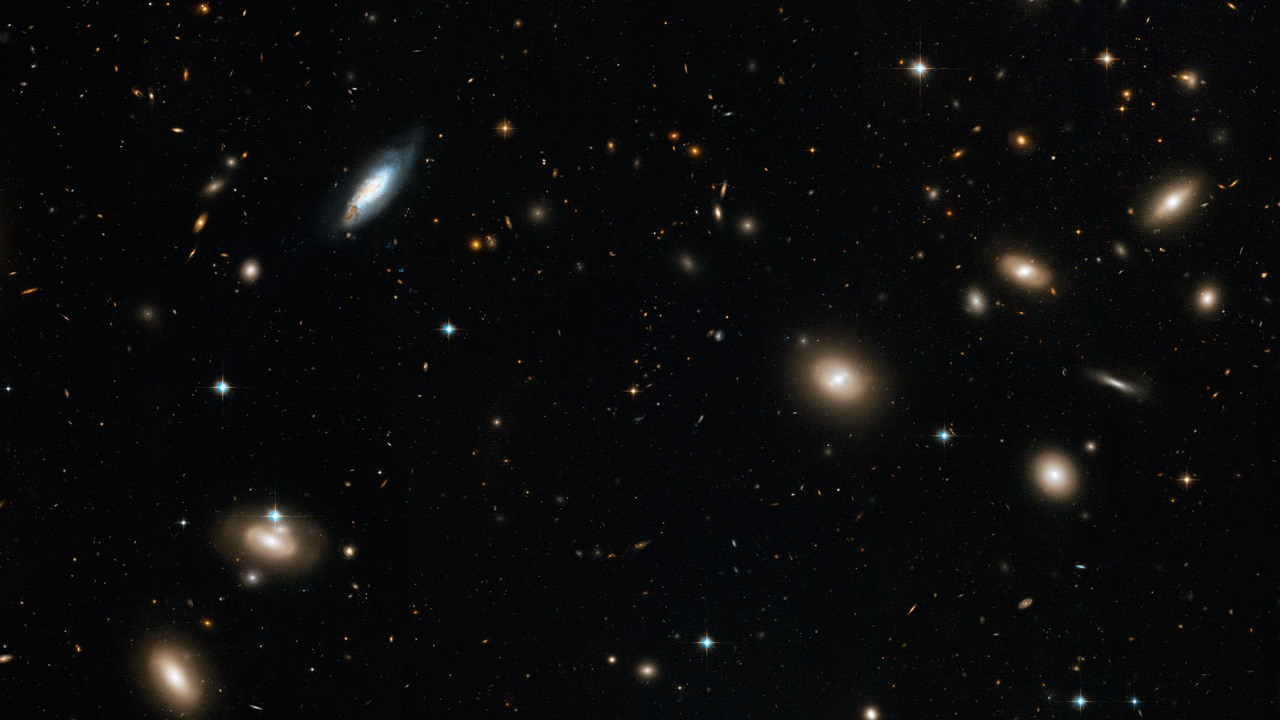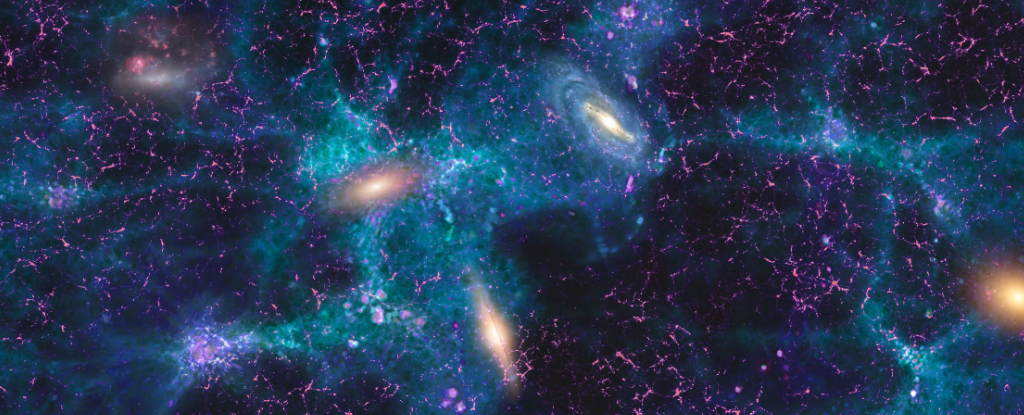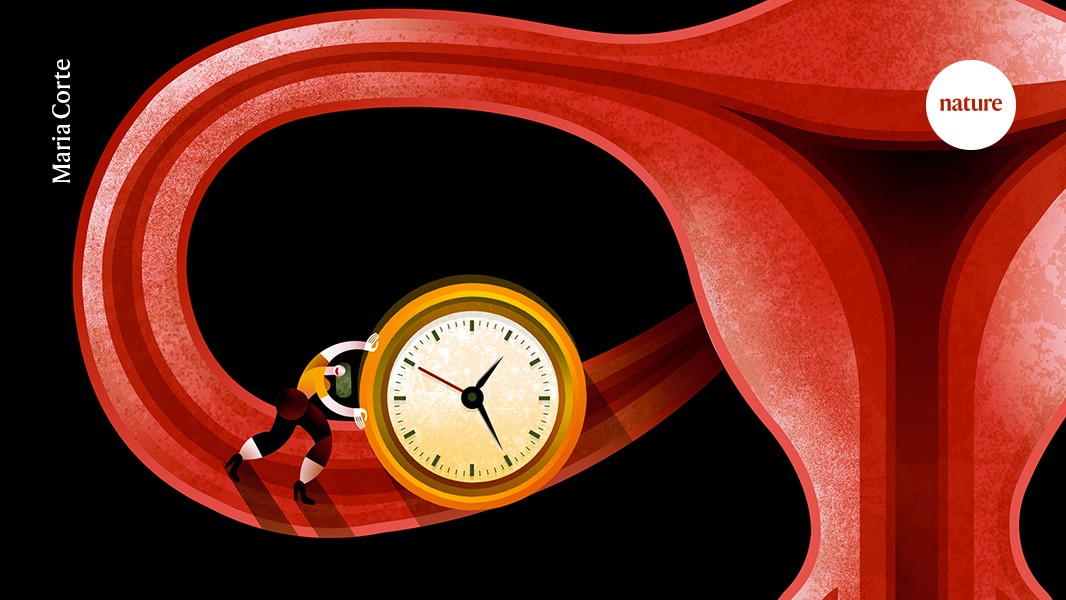Habitable Worlds Could Have Formed Before the First Galaxies
What came first, galaxies or planets? The answer has always been galaxies, but new research is changing that idea. Could habitable planets really have formed before there were galaxies? In the immediate aftermath of the Big Bang, there were no heavy elements. There was only hydrogen, which comprised about 75% of the mass, and helium, … Continue reading "Habitable Worlds Could Have Formed Before the First Galaxies" The post Habitable Worlds Could Have Formed Before the First Galaxies appeared first on Universe Today.

What came first, galaxies or planets? The answer has always been galaxies, but new research is changing that idea.
Could habitable planets really have formed before there were galaxies?
In the immediate aftermath of the Big Bang, there were no heavy elements. There was only hydrogen, which comprised about 75% of the mass, and helium, which comprised the remaining 25%. (There were probably also trace amounts of lithium, even beryllium.) There was nothing heavier, meaning there was nothing for rocky planets to form from. After a few hundred million years, the first stars and galaxies formed.
As successive generations of stars lived and died, they forged heavier elements and spread them out into the Universe. Only after that could rocky planets form, and by extension, habitable planets. That’s been axiomatic in astronomy.
However, new research that’s yet to be published suggests that habitable worlds could’ve formed in the early stages of the Cosmic Dawn, prior to galaxies forming. Its title is “Habitable Worlds Formed at Cosmic Dawn,” and it’s available at the pre-press site arxiv.org. The lead author is Daniel Whalen from the Institute of Cosmology and Gravitation at the University of Portsmouth in the UK.
The research hinges on primordial supernovae, the first stars in the Universe to explode. These massive stars lived fast and died young in cataclysmic explosions. They peaked at about redshift 20 when population III stars, which were extremely massive, exploded as pair-instability supernovae. Simulations show that these stars formed in dark matter haloes where the temperature allowed large amounts of molecular hydrogen to gather.
According to Whalen and his co-researchers, when these stars exploded, low-mass stars formed in the aftermath. Planetesimals formed around those stars, leading to the formation of potentially habitable, rocky worlds. This all happened before the first galaxies formed. These results are based on simulations the research team performed with Enzo.
It starts with a star forming with about 200 solar masses. It lives for only about 2.6 million years before it explodes as a PI supernova. The explosion enriches the supernova bubble to high metallicity. In the aftermath, hydrostatic instabilities cause a dense core to form about 3 million years later, with 35 solar masses.
“All known prerequisites for planet formation in this core are fulfilled: dust growth, dust enhancement in a dead zone, the onset of the streaming instability, and conversion of dust to planetesimals,” the authors explain.

Here’s where this study differs from previous ones. Since the PI supernova explodes and creates high-metallicity gas, the gas cools more quickly. That allows the next star to form sooner, and hence, planetesimals and planets.
Eventually, a protostar with 0.3 solar masses formed. Then planetesimals formed between 0.46 and 1.66 AU from their star. Life needs water, and the researchers’ simulations also showed that the young solar system contained an amount of water similar to our own Solar System.

Planetesimals formed in the circumstellar disk around the low-mass star, and over time, they combined to form planets. Since the original primordial supernovae created elements like carbon, oxygen, and iron, all of the necessary ingredients were likely present to form rocky planets, even life.
The remarkable part is that this could’ve happened before the first galaxies formed. If true, it would change our understanding of the Universe and of life. However, this is just one simulation. How could observations support it?
“These planets could be detected as extinct worlds around ancient, metal-poor stars in the Galaxy in future exoplanet surveys,” Whelan and his fellow researchers write in their paper.
According to the authors, if conditions were just right, rocky planets could have formed even earlier than their simulations show. If that’s true, then it changes the entire course of events in the evolution of the Universe.
However, this is only a single study. And it hinges on primordial supernovae. Did they even exist? There’s at least some evidence that they did.
Clearly, attempting to observe primordial supernovae is extremely difficult. They occurred so long ago that they’re extraordinarily distant and faint. It’s likely impossible with current technology.
Also, there is much uncertainty about the Population III stars that were the progenitors of primordial supernovae. Their exact masses, lifetimes, and explosion mechanisms are uncertain. Astronomers don’t have a clear understanding of the early Universe’s extreme conditions. It’s still evolving, as is our understanding of supernovae. Combined, that’s a lot of uncertainty.

Still, all of these challenges don’t mean that primordial supernovae didn’t exist. So astronomers can’t rule them out, nor can they rule out very early habitable planets.
As things stand, there’s no way to prove or disprove this research. However, it does open another line of thinking and new possibilities.
The post Habitable Worlds Could Have Formed Before the First Galaxies appeared first on Universe Today.
What's Your Reaction?




















![[FREE EBOOKS] Hacking and Securityy, The Kubernetes Book & Four More Best Selling Titles](https://www.javacodegeeks.com/wp-content/uploads/2012/12/jcg-logo.jpg)





















![AI in elementary and middle schools [NAESP]](https://dangerouslyirrelevant.org/wp-content/uploads/2025/01/NAESP-Logo-Square-1.jpg)







































